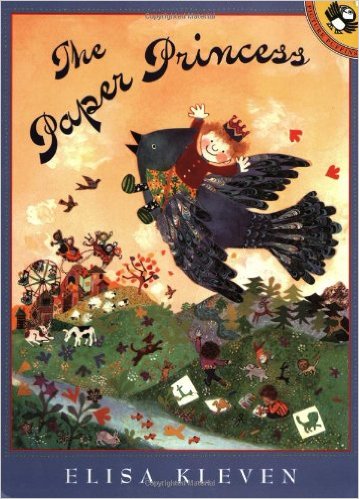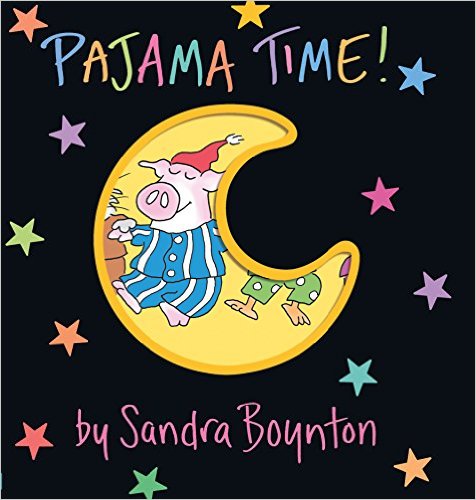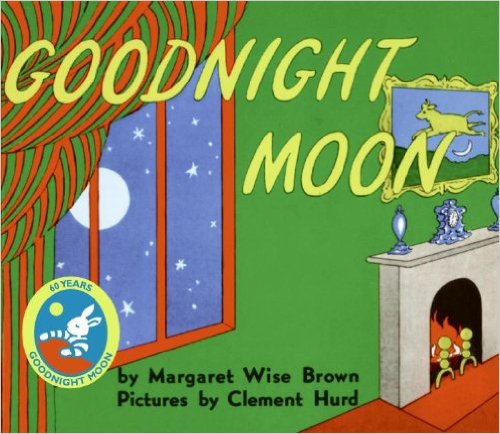One of my favorite things to do with my two girls was reading them their bedtime stories. It was a way for us to connect, snuggle, and explore new stories together! Of course, sometimes we needed to repeat a favorite story for a few days (or weeks) until the girls were ready to move on to a new one.
Recently, this article reminded me of these memories and confirmed that reading to our children – especially at bedtime – is one of the very best ways to encourage verbal and cognitive development.
According to a study published in Pediatrics, researchers are learning how the brains of young children, specifically ages 3-5, are much more active in the area of multisensory integration (integrating sound and visual stimulation). When you read to your child and have books available, you are actually helping to stimulate their development. It is not enough to just talk to you child. Stories stimulate their brain development in profound ways.
Talk To Your Baby
Your baby really loves to hear your voice. It does not matter if they understand your words early on. They are picking up speech patterns, tonal differences which help them learn and process language, and they can sense your love and affection for them in your voice. Talk (and sing!) to your child as much as you can and they will be learning how much you love them as well as getting prepared to speak one day very soon.
Read To Your Baby, Too

That being said, reading books to your child is also of utmost importance. We may just assume this is a good idea because everyone tells us to do it. Yet there is more to reading a bedtime story to a baby or toddler than having a calm activity before bed. Even pediatricians are now including a discussion on this topic (of reading to children and making books available in the home) with parents of newborns because it is vitally connected to a baby’s intellectual development.
Scientists think that as children are exposed to a broader range and diverse set of words through picture books, the children are challenged to practice imagining the images suggested through the words. Later on, children who have more practice at this will be better able to make images and stories out of words themselves.
“I think that we’ve learned that early reading is more than just a nice thing to do with kids,” Dr. Hutton said. “It really does have a very important role to play in building brain networks that will serve children long-term as they transition from verbal to reading.” Bedtime Stories For Young Brains
Bedtime Stories Bring You Closer To Your Child
There are huge benefits to your child’s development when you read books from an early age; this benefit goes well beyond an educational advantage. Regular bedtime reading will also help foster a close, emotionally rich relationship with your child. In time, it will help build a bridge toward discussion of deep ideas and important subjects that you will help him understand.

I believe that growing a strong parent-child bond over years of snuggles and good books at bedtime is one of the best things about parenting. You may be dog-tired at times, but in 20 years I doubt you will look back with regret the 10 or 20 minutes that your bedtime routine takes each night!
Need a Good Book?
We live in an age where there is an abundance of wonderful children’s literature. There are always going to be more books available than we can possibly read to our child while they are interested in, but it sure is fun trying to read them all!
You don’t need to buy them all, by the way. Start making regular visits to your local library and you will be amazed at the resources available to you for free. Many libraries allow you to reserve titles online in the comfort of your own home and then pick up your selections already collected for you at the main desk. This is a dream for the mom of young ones!
Here are a few of my favorite classics for babies, toddlers, and preschoolers (the suggested reading ages are just guidelines).
Feel free to color outside the lines on this one! Some of these titles have a bedtime theme, but many do not. Most are treasured by several generations of readers.
25 of My Favorite Bedtime Stories

- Pat the Bunny by Dorothy Kunhardt (age 1+)
- Goodnight Moon by Margaret Wise Brown (age 1+)
- The Very Hungry Caterpillar by Eric Carle (age 1+)
- Moo, Baa, La La La by Sandra Boynton (age 1+)
- Blue Hat, Green Hat by Sandra Boynton (age 1+)
- Time for Bed by Mem Fox (age 1+)
- Pajama Time! by Sandra Boynton (age 2+)
- The Going to Bed Book by Sandra Boynton (age 2+)
- Where the Wild Things Are by Maurice Sendak (age 2+)
- The Snowy Day by Ezra Jack Keats (age 2+)
- Owl Moon by Jane Yolen (age 2+)
- On the Night You Were Born by Nancy Tillman (age 2+)
- Harold and the Purple Crayon by Crockett Johnson (age 3+)
- Make Way for Ducklings by Robert McCloskey (age 3+)
- Blueberries for Sal by Robert McCloskey (age 3+)
- Corduroy by Ron Freeman (age 3+)
- Mike Mulligan and His Steam Shovel by Virginia Lee Burton (age 3+)
- Madeline by Ludwig Bemelmans (age 4+)
- The Story of Ferdinand by Munro Leaf (age 4+)
- Alexander and the Horrible, Terrible, No Good, Very Bad Day by Judith Viorst (age 4+)
- The Tale of Peter Rabbit by Beatrix Potter (age 4+)
- Bread and Jam for Francis by Russell Hoban (age 4+)
- If You Give A Mouse A Cookie by Laura Numeroff (age 4+)
- The Paper Princess by Elisa Kleven 4+
- The Lion and the Little Red Bird by Elisa Kleven 4+
You’ll notice that all of these qualify as picture books, and that is on purpose. Picture books contain very few words in relation to the pictures (only about 500 on average), which means that each word is intentional, and the story is concise. This helps your child develop their language skills, and encourages engagement through the pictures.
For children who have trouble falling asleep, picture books can also be a good jumping off point for working on visualization, or even my Dream Cards.
I hope you also enjoy the privilege of curling up with a good book with your child each day or night. If you do, the benefits are countless.




